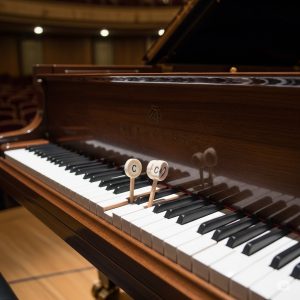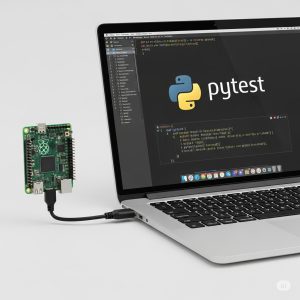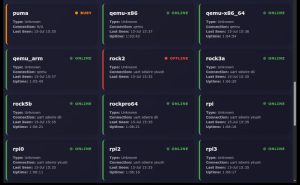The U-Boot boot process relies heavily on the Flattened Image Tree (FIT) format to package kernels, ramdisks, device trees, and other components. At the heart of this lies the fit_image_load() function, which is responsible for parsing the FIT, selecting the right images, and loading them into memory. Over the years, as more features like the “loadables” property were added, this important function grew in size and complexity. While it was a significant improvement over the scattered code it replaced, it had become a bit unwieldy—over 250 lines long! Maintaining and extending such a large function can be challenging. Recognizing this, U-Boot developer Simon Glass recently undertook a refactoring effort to improve its structure and maintainability. A Classic Refactor: Divide and Conquer The core strategy of this patch series was to break down the monolithic fit_image_load() function into a collection of smaller, more focused helper functions. This makes the code easier […]










